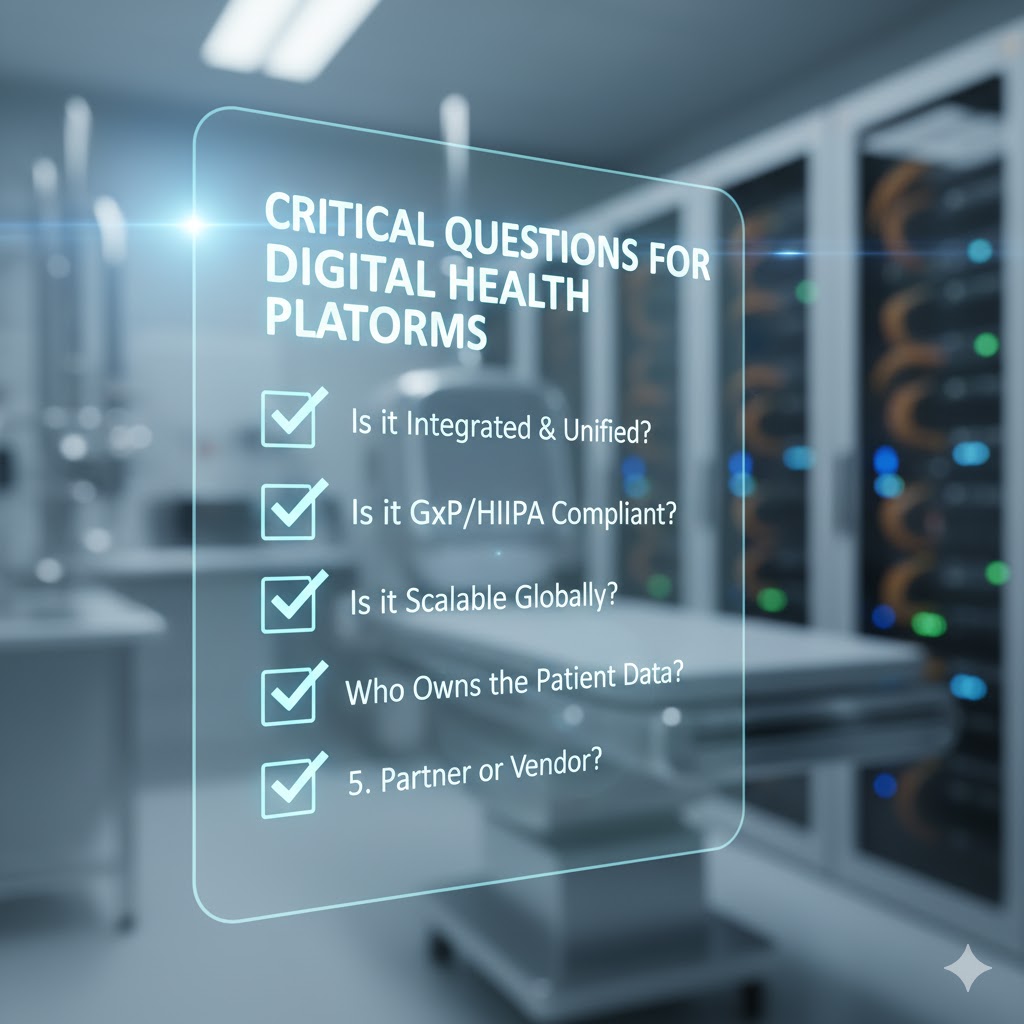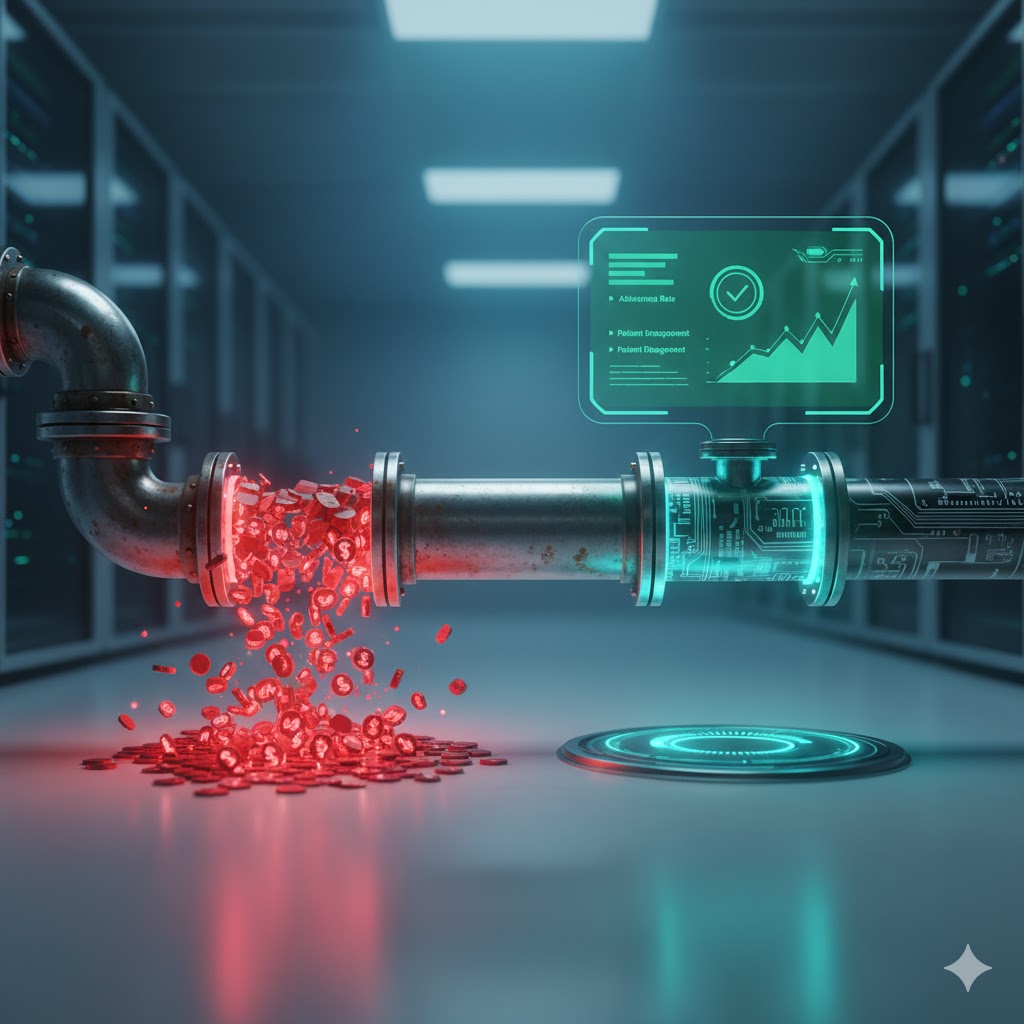How to Implement your RPM Program Successfully?
Technology is ever-evolving. It has had a significant influence on healthcare facilities. The healthcare industry is experiencing major paradigm shifts due to the considerable technological strides making healthcare more accessible and affordable. It has also improved patient care quality, equipping hospitals and clinics to provide sufficient treatment to all segments of the population.
Remote Patient Monitoring (RPM) is one of the successful initiatives of the health tech industry that helped patients suffering from chronic diseases, especially in remote areas, to have regular and quality access to medical guidance and treatment from the comfort of their homes.
That said, since people are becoming increasingly aware of the evident benefits of enrolling in Remote Patient Monitoring programs, it has gained immense popularity as a choice of healthcare.
What are the benefits of Remote Patient Monitoring?
While the positive aspects of implementing remote patient monitoring have been known for years, it came into practice during the COVID-19 pandemic, when hospitals were short-staffed, and patients could not make in-person appointments to seek medical aid, check-ups, and diagnoses for their chronic conditions. It helps patients with chronic conditions live more comfortably in their homes and lead their everyday lives while being treated. Remote monitoring also makes it convenient for patients who have difficulty getting to their doctor's offices to be diagnosed and treated without any bottlenecks. Lastly, RPM helps clinicians track their patient’s dedication and adherence to medication and self-monitoring.
Upon implementation, remote monitoring can benefit not only the patients but also the clinicians and patient healthcare staff. Let's delve into the advantages of remote patient monitoring:
1. Better access to healthcare
The primary benefit of remote patient monitoring is that clinics can provide medical guidance to patients living far from the clinic, in remote areas, and in different localities or towns.
Before RPM, patients suffering from chronic ailments such as Diabetes and Hypertension often avoided regular checkups since it required them to travel long distances. However, remote patient monitoring gave patients ample freedom to choose their healthcare provider and made it easier to access treatment and monitoring whenever needed. Today, patients can monitor their vital stats with the help of the RPM smart equipment sent to them, and clinicians can plan their treatment according to the patient data collected by the smart devices.
2. Improved patient outcomes
Many studies have shown that remote patient monitoring has decreased the chances of rehospitalization and morality across different medical conditions. This reduction in return-to-hospital may be because patients know they are looked after and cherished even when discharged from nursing homes or hospitals. Since the patients know that they are continuously and consistently monitored via electronic devices and that their doctors can be contacted instantaneously in an emergency- they, too, go the extra mile to make positive changes in their lifestyle and try to achieve better health stats. Besides, this also encourages the patients to take their timely measurements and participate actively in getting better.
Remote monitoring has made patients less dependent on healthcare institutions and more self-reliant and self-aware of their health, thus improving patient outcomes.
3. How does RPM improve the Affordability of treatment?
RPM has improved patients’ access to treatments and diagnoses by reducing trips to the ER and hospitals. The number of readmissions has also come down, inversely increasing physician productivity. Remote Monitoring has significantly decreased the monthly cost of healthcare treatments and other peripheral expenses. Besides, although there is a constant shortage of medical practitioners in America (and other parts of the world), remote patient monitoring hugely benefits the US healthcare system by allowing more patients to be treated at home, relieving health clinics from accommodating patients over their capacity.
4. How does RPM Improve diagnoses and treatment plans?
Improved healthcare quality and better illness management and treatments can prevent many life-threatening conditions, readmissions to healthcare facilities, and regular, costly doctor visits. Remote monitoring ensures quality healthcare to all patients, regardless of their location and medical budget, reducing the risk of serious and expensive medical conditions that they may incur. This increased medical affordability is so because RPM encourages patients to get periodic health checkups, health analyses, and recommendations for diet, medication, and more to guide them in maintaining their health parameters, such as blood sugar levels and body weight.
5. How does RPM help in Chronic disease management?
It is difficult to manage patients with chronic ailments, especially if they are geographically constrained. Besides, chronic diseases constitute about 90% or more than $3 trillion per year of healthcare expenditure in the United States. With Remote Patient Monitoring, it has become more convenient for patients and medical providers to manage their patients’ ailments and treatments digitally. By remotely guiding patients to introduce lifestyle changes, physicians can successfully handle several chronic health conditions such as Diabetes (Type 1 and 2), Hypertension, Heart Failure, and COPD (Chronic Obstructive Pulmonary Disease). Implementing Remote Patient Monitoring has been an enormous help for patients and physicians.
Today, patients don’t need to visit health clinics at the drop of a hat to keep their vital statistics in control. Blood sugar, blood pressure, body weight, hypertension, and other health parameters can be monitored by doctors remotely with the help of RPM and electronic devices.
How to ensure that your RPM program is a success?
Remote patient monitoring is a beneficial win-win for clinicians and patients, but only when appropriately implemented. Developing a successful RPM program will enhance your patient outcome, generate a new revenue stream, ensure financial support for your clinic, and provide strong patient support during unprecedented situations.
While patients are slowly warming up to the concept of remote monitoring and accepting it, medical professionals must take care of some specific considerations that will ensure continued acceptance and long-term success of remote patient monitoring as a preferred form of healthcare.
Here are a few ways to ensure your RPM program is a success among your patients:
1. Educate and engage the patients.
Remote patient monitoring allows health clinics to treat patients suffering from ailments remotely. It is still a new concept, and it may take some time for patients to accept it. The primary objective is to increase patient engagement throughout the treatment and make them aware and responsible for their health.
Educating the patients about its benefits, engaging them in the treatments offered in the program, and teaching them how to use the RPM equipment and patient-facing components of the program for the maximum outcome can help medical institutions and clinics with onboarding patients to prefer and choose RPM over traditional methods of healthcare.
2. Define the program
Before implementing remote patient monitoring for their practice, healthcare providers must define specific objectives to consider while determining technological solutions and equipment. These objectives must accommodate future expansions and cover any emergencies and user experience.
Here are a few objectives you can keep in mind while developing a profitable, compliant, and reliable RPM program:
- Conditions providers aim to provide treatment and diagnoses for
- Target patient population the clinic is aiming to cater to
- What are the expected outcomes and results the clinic plans to achieve post-implementation of remote patient monitoring?
- What are the parameters on which patients will be eligible for onboarding?
3. Staff training
A significant part of ensuring a high-quality user experience for patients enrolled in the remote patient monitoring program is educating and training the staff and equipping them with all the necessary information and knowledge to handle the devices and the patients. The transition from traditional means of managing patients suffering from chronic ailments to monitoring them electronically and remotely requires training and an aptitude for technology. The staff must be acquainted with the workflows and different administrative responsibilities related to patient care.
Having everyone on board with the program helps reduce bottlenecks, errors, and duplication of effort and helps ensure its success and better patient outcomes. There may be some initial resistance to additional learning, so the process should include communicating the benefits both patients and providers will achieve.
4. Implementing the right tools and devices for management
Deploying remote patient monitoring requires necessary software and devices installed on the premises and provided to each patient enrolled in the program. From patient data collection to billing, reimbursement, handling emergencies, allocating ERs, and generating reports, the clinic must be technologically equipped to process and organize various kinds of data efficiently. For this, your choice of an RPM partner must be appropriate and coincide with the objectives of your program. It should help you achieve your goals while deploying remote monitoring in your clinic. Besides, it should efficiently utilize medical devices and mobile applications and secure the communication network, and database shared between the patient and clinic to store health records and patient data.
Conclusion
Mahalo Health is a healthcare platform that provides the industry with a fully equipped platform to store patient data, interact with patients, and monitor their health remotely. From decentralized clinical trials to digital therapeutics and remote patient monitoring, Mahalo Health has the perfect technological solution to supplement your healthcare practice and engage your patients in a satisfying diagnostic experience.
Mahalo Health can help you successfully implement a Remote Patient Monitoring (RPM) program by fulfilling prerequisites like strategic planning, streamlined technology, and patient-centric approaches. Enhanced by reliable infrastructure, user-friendly devices, and robust data security, RPM can dramatically improve patient outcomes, reduce healthcare costs, and foster patient empowerment and RPM, in its turn, is a platform offered by Mahalo Health!





